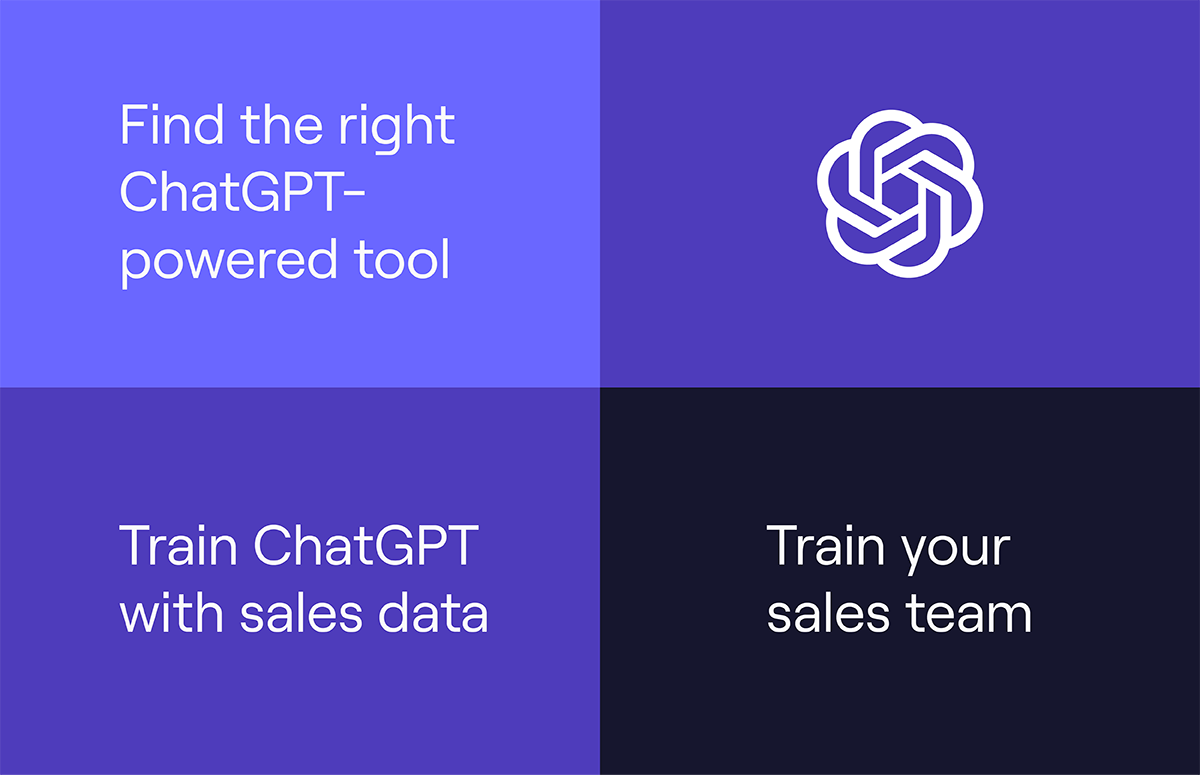Real Live Cold Calling
What's on this page:
No matter how confident you are as a salesperson, cold calling can be daunting.
So can you imagine doing it live? In front of other sales experts… 😱
Joe Harlowe, Senior Enterprise SDR, experienced this in one of Cognism’s live cold calling clinics. And he got actionable feedback from Josh Braun and Ryan Reisert.
Since then, the sales team has done tons of live sessions. Keep reading for tips for salespeople looking to up their cold calling game.
Here are the highlights:
- Brush up using a cold calling script.
- Shorten your value prop.
- Tips for perfecting your pain point discovery.
- Objection handling 101.
- Establish a winning cold calling framework.
- Real live cold calling examples.
Keep scrolling or use the sticky menu to navigate. 👇
Use a cold calling script
If you’re new to cold calling, the best thing you can do is start with a script.
Use it to keep your discovery focused. You can personalise your approach depending on your ideal customer profile (ICP).
💡Not sure where to start? Check out some of our cold calling script templates!
One opener that sales aficionados Ryan Reisert and Jason Bay recommend in the video below is called the ‘priority drop’. This is what Jason describes as “sort of a reverse pitch”.
You want to open your call with whatever the priority is for your ICP. If that’s gathering accurate, data-compliant B2B leads, then go with that. Tailor the ‘priority drop’ to your caller’s needs.
Want to learn more? Hit play to watch the full video below.
Value proposition
One tip that David Bentham and Morgan Ingram recommended to Evalian’s BDM Joe Allsopp is shortening your value prop.
What does this mean?
Well, most people don’t want to be on the phone with a cold caller. So you need to get to the point. Quickly!
David suggests that Joe gets to the good stuff quicker.
“That initial statement, I’d be thinking of ways of shortening that down. [To one to two sentences max.] So you can start getting into that discussion.”
“I think whether it’s CTOs or anyone, people just naturally switch off. So if you keep it too long, you lose that engagement.”
Pain point discovery
Finding your prospect’s pain point is essential on your outbound cold call. It helps you qualify who’s a good-fit prospect on the phone. It also saves you tons of time by weeding other prospects out.
Using qualifiers such as “might” or “potentially” are good methods of giving your prospect the chance to explain what pain points their company is struggling with. And whether these match up with other customers in their industry.
Click to watch the full video here.
Another great example of a pain point discovery question comes from Cognism’s Ivana Ivanova.
“I often speak to x type person and they tell me y. Does that resonate with you?”
Some people aren’t going to be super-open and expose all of their pains off the bat. Let’s not forget that salespeople are often perceived as untrustworthy, so you might have to take another approach.
One method Ivana suggests is saying:
“I typically speak to (insert job title here), and they’ve mentioned they’re experiencing xyz problems.”
“Does this sound familiar?”
By demonstrating you:
- Have an understanding of their specific role and responsibilities.
- Understand the pains they’re likely experiencing.
- Have experience in helping other people in these roles.
You’ll likely put your prospects at ease and convince them they’re in safe hands to share more information with you.
And if not, they’re still likely to tell you if they’re experiencing the pains you’ve mentioned. This opens up the conversation for you to share more about your solution.
Ivana adds:
“Even if they haven’t experienced or been aware of a particular pain you’ve mentioned, by telling them that’s what other people in that role have told you, you might spark an idea in their minds.”
“They might now be thinking:”
“'Oh, I hadn’t thought about that. Maybe I should be looking into this. Maybe I’ve missed something in the market that I should pay attention to.'”
Objection handling
When part of your job involves cold calling, salespeople have to be prepared for rejection and objection handling.

Ivana explains that salespeople must remember that cold call rejection isn’t personal. See the LinkedIn post here.
"It's about remembering that it's not personal. When someone's rejecting, they're not rejecting you - it's the product. Focus on the wins - because they are coming."
Top tip!
One thing to avoid when handling any objection is answering their question with another question.
You need to validate their objection and then explain the solution. See the LinkedIn post here for more.
Cold calling framework
It’s true that the perfect cold calling hook doesn’t exist, but that doesn’t mean you can’t use a framework to dial-in your approach.
Sales superstar Morgan J. Ingram suggests trying the following:
Typically statement
Typically statements describe a pain point to generate interest.
They look something like this:
“Typically, salespeople are telling me that they’ve got great messaging but they're not having enough conversations with their prospects. Does that resonate with you?”
Clue-based hook
As a salesperson, your job is to find clues on your prospect's LinkedIn profile or the company website.
That’s a gold mine of information!
Morgan gave us an example:
“The reason that I called is that I looked at your website, and it looks like you're hiring about 10 SDRs right now. You're probably looking for some type of coaching or enablement so that you can ramp these reps.”
“Then I would go into my value prop on how I help with that.”
Question-based hook
The idea here is to ask a question that will really open up a conversation.
Your prospect might already have the answer. But it shows you know their role and understands their pain points.
Here’s an example:
“How are you currently onboarding your reps effectively to make sure that they're ramping?”
The key to personalisation is that it should be relevant. You shouldn’t force it to capture their attention.
Ultimately, relevance and pain are what’s most important.
Live cold calling examples
So we’ve walked through some ways that live cold calling can help you build confidence and practice pain point discovery and objection handling.
Below are some specific examples you can test out in your cold calling.
For software sales
SaaS sales is a hugely competitive industry, meaning that the discovery portion of your call needs to be top-notch. This is so that you can understand if the prospect is a good fit and better understand their processes.
Here’s a classic discovery question to ask your prospects:
“Which channels do you use to reach out to your leads?”
“By email.”
“At Cognism, our email addresses are validated and have a 97% deliverability rate. That means a lower bounce rate.”
Check out the whole video here.
For sales leaders
Brad Norgate, Senior Enterprise SDR at Cognism, tested his pitch to sales leaders on an episode of Cold Calling Live.
Brad asked the experts how he could get his initial points across without being too wordy.
Ryan Reisert and Greg Woodward suggested shortening the initial pitch. Ryan said:
“The way that the Woodward framework works is you’re using a customer story with a proof point.”
“So if you can somehow condense it into here’s what we do, here’s the problem we solve and, for example, like this… and then stop with a question. [I think] that will allow you to break it up a bit.”
So relevancy is key when it comes to speaking to sales leaders. Watch the full clip here for Ryan and Greg’s advice for Brad.
For financial advisors
Kate Bannister, AE at Spendesk, cold called with her pitch for financial personas.
David Bentham praised her persistence when trying to book a meeting. He said:
“I have a general rule that I go with three no’s. I refuse to get off the phone until I’ve had three audible objections. It’s a good rule for me. It means I keep pushing.”
“I see way too often when SDRs or salespeople are struggling. The mistake they’re often making is they’re giving up on the first no.”
His tips are:
- Shorten the presentation of the pain points.
- Ask prospects what tools they’re using sooner (to find out what segment they’re in and not bore them with details they already know!).
You can watch the rest of the video here.



